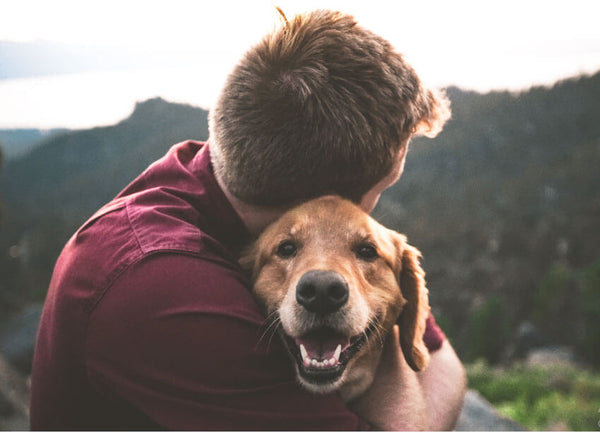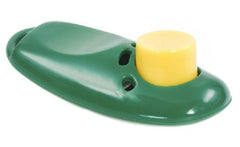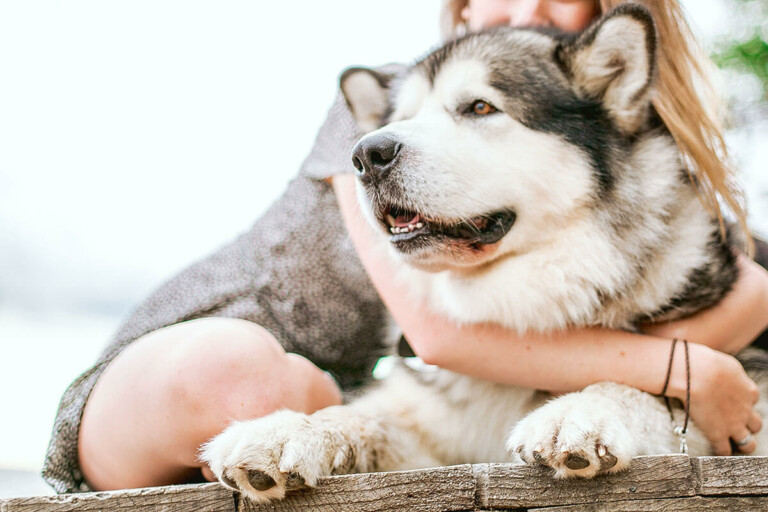Many pet owners think of dog training as simply training dogs to obey. But it goes further! It also improves our quality of life, reduces stress and helps to live with humans and other animals.
Training your dog brings lots of benefits to him and also to you. The benefits range from a well-behaved dog to cognitive stimulation and happiness.
The physical training activities are fun and make them more active, increasing their quality of life, and reducing stress.
Besides that, the training improves the animal’s socializing abilities with humans and other animals, and at the same time, it improves communication between the owner and the dog.

Just by learning simple commands like sitting, staying, running, or jumping and they will become more obedient, keeping you away from stressful situations.
Good dog behavior also brings well-being for both of you, and it also protects your furry friend from dangerous situations, such as crossing the road with fast-moving cars.
The most common complaints of dog owners are peeing in the wrong place and destroying the house, but also pet anxiety. The dogs can become anxious to be separated from their owners for many hours. When they don’t know how to be alone, they might bark and misbehave.
On the contrary, an anxious dog can be extremely depressed, stop eating, does not pee or poop. However, when the owner comes back home, the dog relieves himself and ends up peeing himself without realizing it.
Training a dog takes about four months, on average. The best age for starting to train dogs is when they are puppies yet – from zero to three months – this is the time when dogs are most open to training. They will keep for life the guidance that they received during this period.
But do not panic! Older dogs can also be trained. However, this period can vary according to the addictions acquired or the behaviors the dogs developed during the period in which they did not receive the proper education. It may take time to change your pet’s behaviors.
If you have chosen to take lessons for your dog with a professional trainer, then the training time also will vary according to how much time the trainer will have access to the dog weekly.
The owners’ participation in the animal’s learning process is essential to minimize the training time. Ideally, in addition to the professional training, the dog’s owner can help him progress quickly, repeating the training taught by the trainer throughout the week.
You can also decide to train your dog yourself. Repetition is key for the dog’s learning, as well as his ability to distinguish between the words “no” and “well done.”
The snacks given to them when they do the commands correctly are used to make them understand what you are expecting from them. However, you can also use tools that emit noise to help in your pet’s training.
Although some people opt for any product that emits noise, the clicker is still the most popular tool for that objective. In associating the sound of the click with a command well executed by the dog and a benefit – snack or caring, for example – he or she will understand through practice what’s needed to activate the clicker sound for having some benefits.
The clicker does not frighten or damage their sensitive hearing, and it substitutes the human voice in the training process. You can find a clicker tool in our store.

During the training, pay attention to the most common mistakes that pet owners make during the process:
- Hoping for very quick changes: don’t expect changes overnight from your little friend. The process of learning new commands takes time and patience.
- Fights and punishments: the pets will not learn easily if they are afraid of receiving punishments; it can traumatize them. Show them that they need to obey through words instead.
- Learn with the mistakes: realize which method works best with your pet and focus on that instead of repeating the same ineffective methods with your furry friend.
- Say orders clearly: if one day you say “sit down,” and the next day you say “I want you to sit down”, your pet may be confused! Ideally, the commands should be one word and very clear, such as “sit”, “lie down,” and “roll.”
Five tips to get started
- Start from a puppy: as explained previously, puppies have more facility to learn faster. However, don’t worry! Older dogs can also be trained, but it will take a little longer and require more patience.
- Focus on positive reinforcement: when your pet does a good job, celebrate with him, caress him, and say words like “very well” so your dog can understand that he acted correctly and did something good. Nothing is better for your dog than to see their mommy or daddy happy.
- Train with them every day: it should be a habit to have the desired effects. If you used to train your dog once a week, probably your pet will have already forgotten what he learned the week before. Ideally, you should train him every day for about 15 minutes in a place without distractions.
- Teach simple tricks for starting: focus on teaching simple tricks first, such as:
- to stay
- to sit
- to lie down
- to give the paw
- to roll
- to play dead
Focus on teaching one thing at a time! It may be in that order. When the learning of one trick is complete, you can focus on the next one.
- Give rewards: when your friend hits the trick, give him a snack or a caress, he will love it.
Enjoy the training!

